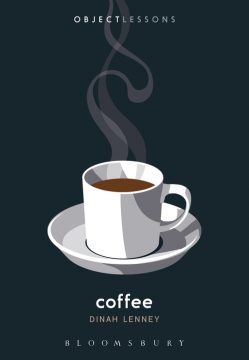Markman Ellis in the Los Angeles Review of Books:
 What does coffee do to you? Dinah Lenney’s Coffee is a free-form exploration of such surprisingly complicated questions: Why do we drink coffee? What gives it its power? Humans have been considering these and other coffee-related queries (like “Is it good for my health?” and “Is it good for my society?”) for centuries, ever since they first encountered the substance. Lenney is most interested in coffee’s direct effects on our lived experience, and what they mean.
What does coffee do to you? Dinah Lenney’s Coffee is a free-form exploration of such surprisingly complicated questions: Why do we drink coffee? What gives it its power? Humans have been considering these and other coffee-related queries (like “Is it good for my health?” and “Is it good for my society?”) for centuries, ever since they first encountered the substance. Lenney is most interested in coffee’s direct effects on our lived experience, and what they mean.
The active property of coffee is called caffeine, as we all know. The word for the compound was coined in 1830, as a result of research by two different groups of scientists — one in Jena, Germany, led by a young chemist Ferdinand Runge, and the other in France, led by Pierre Jean Robiquet and Pierre Joseph Pelletier. Both groups successfully isolated the active substance of coffee in an organic “base” or vegetable salt. They showed that this salt caused the effects associated with coffee in humans. Caffeine, in other words, is the drug, and coffee is its vehicle. In 1861, Adolph Strecker defined the molecular structure of caffeine in the formula C8H10N4O2. Caffeine isn’t everything, though: coffee still tastes reasonably like coffee without caffeine, and coffee’s distinctive flavors, we now think, reside in a different set of chemical substances, including aromatic oils and volatile flavonoids, most of which are produced during the pyrolytic roasting process.
More here.
